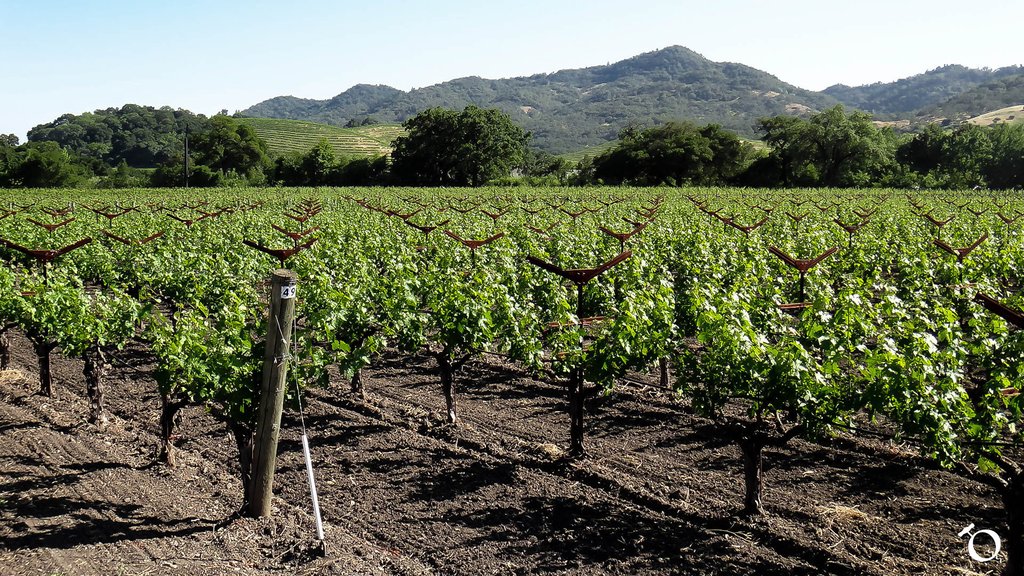San Miguel District - Wine Region of the Day
/The San Miguel AVA is located in the north central portion of the original Paso Robles appellation and is named for the Mission San Miguel Arcángel, the Franciscan Mission created in the late 1700s. Marine influence is not much of a factor in the San Miguel appellation. Precipitation is relatively sparse due to the region being located in the rain shadow of the the Santa Lucia mountain range. It receives 11.4 inches of precipitation per year. The area is also warmer than many of the Paso Robles sub-appellations and averages 3,300-3,400 Growing Degree Days. This makes San Miguel the third warmest area in the region. The elevations in the region range from 580 to 1,600 feet above sea level and is crossed by both the Estrella and the Salinas River. The geology at some of the higher elevations are characterized by granites and Monterey Shale which are then eroded into alluvial soils which are deep in the benches, terraces and floodplains. Grapes being produced in the region include: Cabernet Franc, Cabernet Sauvignon, Grenache, Malbec, Merlot, Mourvedre, Petit Verdot, Petite Sirah, Sauvignon Blanc, Syrah, and Zinfandel.













